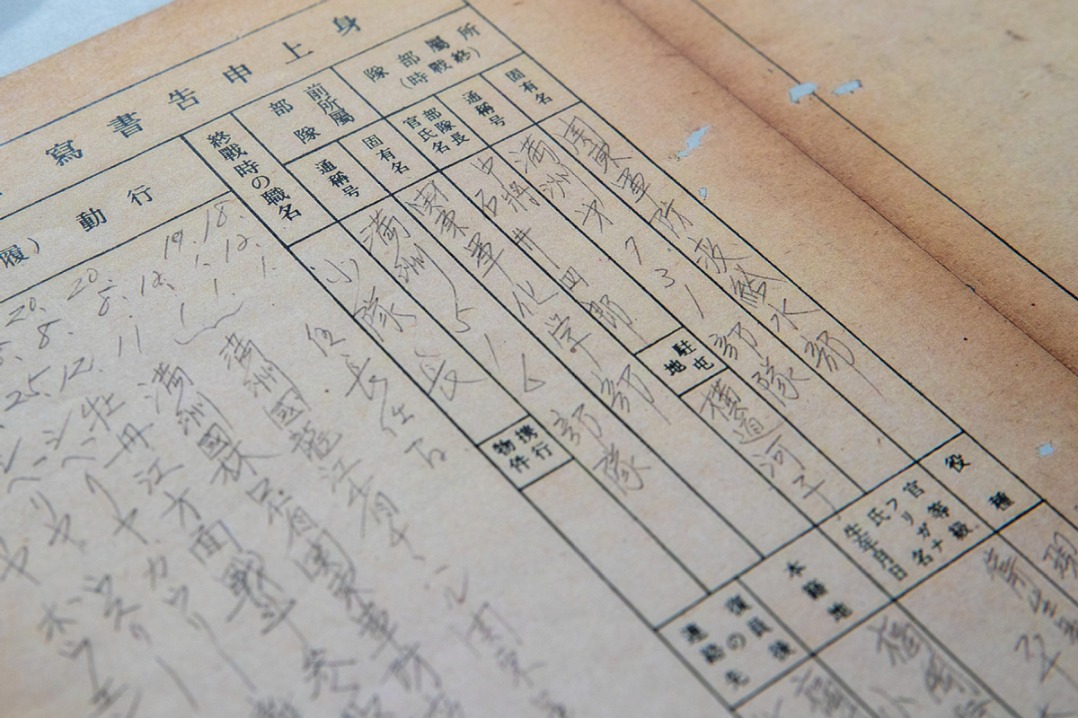Companies set to reap huge RCEP benefits
By ZHONG NAN | CHINA DAILY | Updated: 2023-09-11 07:37

Largest trade bloc boosts regional integration, firms' fortunes, heralds business expansion
These days, workers of Heze Sanqing Food Co Ltd, a food processor based in Heze, East China's Shandong province, are busy unloading and loading unusually large amounts of goods. The firm produces 100,000 metric tons of canned fruits and vegetables per year, averaging about 274 tons a day.
One day recently, a huge consignment of canned pineapples arrived from the Philippines, the last signatory member to ratify the Regional Comprehensive Economic Partnership agreement on June 2. After quick processing at Sanqing Food, the fruits were exported to Australia.
This was unthinkable until recently. In the pre-RCEP days, the benefits of the China-Australia Free Trade Agreement were not applicable to raw materials that China imported from the Philippines.
Sanqing Food's products are mainly for export. The Australian market accounts for about 40 percent of its overseas sales. Canned pineapples, papayas and other products, imported in large quantities as raw materials from the Philippines, could not enjoy the preferential tariffs of the China-Australia FTA signed in 2015.
Thanks to the Philippines' ratification on June 2, however, firms such as Sanqing Food are reaping huge benefits like tariff reduction and speedy Customs clearance, said Tang Linglin, the firm's general manager.
The RCEP agreement, signed by 15 countries — China, Japan, South Korea, Australia, New Zealand and the 10 member countries of the Association of Southeast Asian Nations — took effect on Jan 1,2022. Its aim is to gradually eliminate tariffs on over 90 percent of the goods traded among the 15 member countries.
Under the RCEP rules, when determining the origin of goods, the free trade area can be regarded as a whole. Sanqing Food can apply the RCEP's cumulative rules of origin and treat the fruits imported from ASEAN as of Chinese origin. Therefore, when exporting to Australia, the tariff can be lowered from 5 percent to zero.
Given the softening global goods demand, geopolitical and geo-economic challenges, and decline in cross-border investment, the fully implemented RCEP pact will thus significantly enhance economic integration in the Asia-Pacific region and sustain the long-term and stable growth of the global economy, business leaders and government officials said.
With the gradual reduction of tariffs, the RCEP will offer consumers a wider range of market options, meeting the demand for cross-border consumption and helping boost overall consumption, said Eddy Chan, senior vice-president of the United States-based FedEx Express.
Echoing that viewpoint, Liu Qing, vice-president of the China Institute of International Studies, said the RCEP framework has enriched the comparative advantages of each of the 15 countries, making each of them more attractive to others for trade and investment.
"The agreement brings together finances, resources, technologies and services, establishing a comprehensive cycle of regional economic collaboration," said Liu, adding that many signatory countries, such as China and Japan, have already expedited the distribution of market components to drive forward institutional openness.
China's trade with 14 other RCEP economies grew by 7.5 percent year-on-year to 12.95 trillion yuan ($1.76 trillion) in 2022, accounting for nearly 31 percent of the country's total trade last year, data from the General Administration of Customs showed.
Despite a complex and severe external environment, China's trade with RCEP partners totaled 6.1 trillion yuan in the first half of this year, up 1.5 percent year-on-year, contributing more than 20 percent to its foreign trade growth.
























